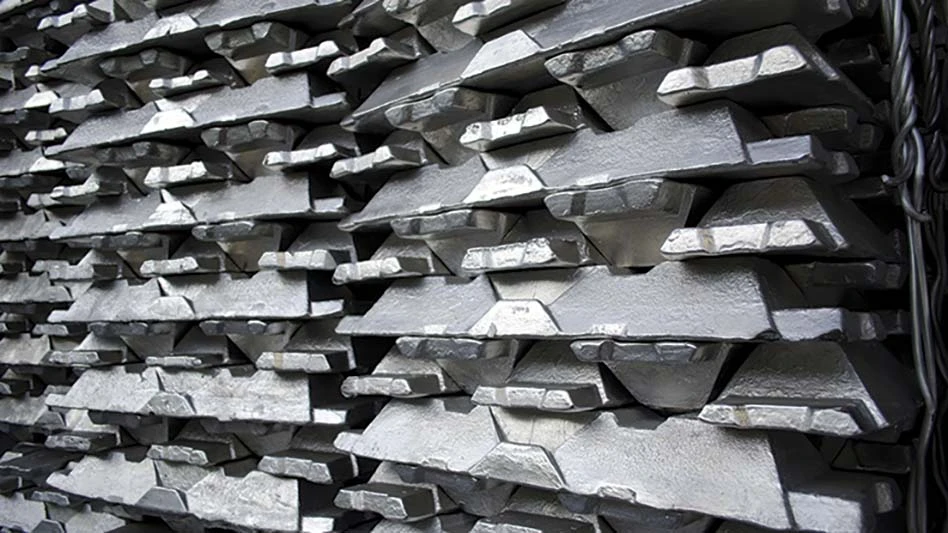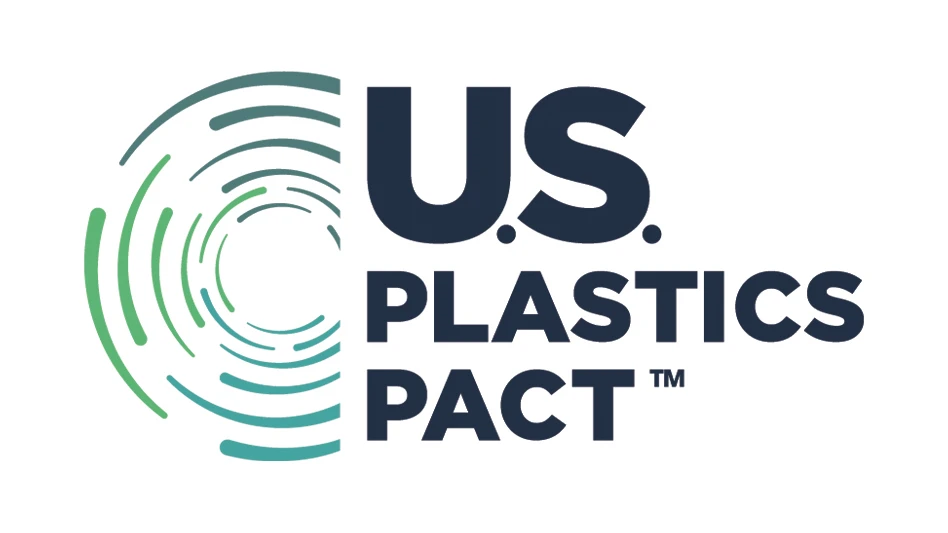
The fits and starts suffered by municipal residential recyclables collection programs seem to have ebbed. While a few of the largest cities have abandoned their recycling programs, an overwhelming majority of the top cities in the United States has some type of curbside collection program for recyclables.
Click here to view the list of top 20 curbside municipal recycling programs.
While the pie-in-the-sky optimism associated with some of the early curbside programs has dissipated, many of the recycling coordinators who now run these programs are more knowledgeable about the components of an effective recycling program.
With this in mind, more municipalities have introduced various versions of the single-stream collection program. While single-stream collection programs were initially met with significant opposition by many groups—most notably consumers of secondary commodities—as the technology available to sort these divergent materials has improved, so has the quality of the secondary commodities. However, some opponents of single-stream programs still say that the additional costs for sorting and cleaning the material collected from single-stream programs makes recycling more challenging and expensive.
JOINING FORCES. What also has changed with many residential curbside programs is the public sector’s willingness to work with the private sector to boost collection levels. Although still far from standard, more cities are
|
METHODOLOGY |
|
While the ranking of Recycling Today’s 20 largest curbside recycling programs is based on the number of households served by a municipality’s curbside recycling system, the community’s residents are not necessarily availing themselves of the service. Additionally, public education and the types of material accepted can also affect tonnage figures for a municipality’s recycling program. Therefore, our list of the largest curbside recycling programs is probably best thought of as a list of the curbside recycling programs that have the potential to be the largest in the country, as these 20 programs offer curbside collection to the greatest number of households. Our accuracy in compiling this list depends heavily on the level of cooperation we receive from potential candidates. Representatives from some cities have provided what should be current and accurate figures, while others provided a figure on their city government Web sites or have provided figures for media coverage in the recent past. Unfortunately, programs in some cities might belong on this list, but we were unable to confirm a number to attach to the program. Certainly, it is possible that we have overlooked a medium-sized city or a regional solid waste district operating a program that is worthy of this list. If you are affiliated with a program that should have been on the list, please let us know so that we can let our readers know. You can contact Senior Editor Dan Sandoval at dsandoval@gie.net or Managing Editor DeAnne Toto at dtoto@gie.net. |
Additionally, more private-sector recycling companies are recognizing that, while residentially collected material creates some challenges, it is foolish to ignore this sector’s role in growing the recycling industry. As a result, they are partnering with the public sector to process and collect this material, and even going so far as to establish revenue-sharing programs.
Municipalities are also expanding the materials they collect curbside. While most cities are seeking plastics, UBCs, steel cans, newspaper and glass, a number of cities have expanded their collections to include boxboard, mixed paper and a wider range of plastics.
Some cities are adopting incentive programs to encourage participation in their curbside recycling programs. RecycleBank, a growing incentive-based recycling program, has started to take hold in a number of cities. RecycleBank is a system whereby residents receive RecycleBank Dollars based on the amount of material they recycle. Residents can redeem these dollars for coupons at participating vendors.
While some critics see the high cost of these programs as a deterrent, the cities using incentive programs are seeking opportunities to increase their recycling rates.
EXPANDED VIEW. To handle the growing amount of material being collected, many private-sector operations have invested significant capital in processing the collected recyclables. For instance, Houston-based Waste Management recently held a grand opening for its new single-stream MRF in Elkridge, Md. The 50,000-square-foot facility has the capacity to process up to 1,000 tons of recyclables per day, according to Waste Management. Initially developed to serve Howard and Anne Arundel counties in Maryland, the MRF’s size allows it to accept materials from the greater Baltimore/Washington area.
However, not just the largest recycling companies are able to take advantage of the growth in curbside materials. For example, Friedman Recycling of Phoenix, Ariz., recently opened a new MRF in El Paso, Texas.
The growth of residential recycling programs can be seen in the case of San Francisco. The city claims a 69 percent recovery rate and collects a wide range of recyclables, including compostable material.
Reaching into multi-unit structures can be another way for municipal programs to broaden their reach. In mid-July, Cynthia Ruiz, president of the city of Los Angeles Board of Public Works, announced the start of the city’s new Multi-Family Residential Recycling Program, which will provide recycling services to more than 540,000 multi-family homes.
"By taking advantage of innovative programs that offer additional recycling opportunities, like this, residents can help us achieve the mayor’s goal of diverting 70 percent of the city’s refuse away from landfills by 2015," Ruiz says. The city currently has a 62 percent diversion rate.
While recycling may be an expense in some cities, most of the nation’s large cities are working to ensure these programs continue to grow.
The author is senior and Internet editor of Recycling Today and can be reached at dsandoval@gie.net.
|
THE CONTAINER MIX |
|
As long as Americans keep eating, the demand for food containers that will end up in recycling bins should be steady to upward. Research company The Freedonia Group, Cleveland, forecasts a 3.3 percent annual food container growth rate through 2011, with both rigid plastics and pouches growing in market share. The research firm cites "performance attributes and heightened demand for smaller package sizes" as reasons that pouches and plastic containers "will continue to supplant paperboard, metal and glass counterparts." The company’s report, titled "Food Containers: Rigid & Flexible," forecasts 3.3 percent annual growth in the dollar amount spent on food packaging between 2006 and 2011, a slight dip from the 3.9 percent annual growth experienced between 2001 and 2006. In the five-year forecast, dollars spent on rigid plastic containers are expected to increase 6.3 percent yearly, while spending on pouches will grow by 4.4 percent. Spending for paperboard packaging is predicted to grow at a more modest 1.6 percent per year, while spending on metal containers will also grow slowly—at 0.7 percent per year. The packaging industry’s spending on glass containers, meanwhile, is predicted to drop by 1.5 percent per year. The glass industry may have discovered a selling point this summer, however, in the form of health concerns in the Chinese plastics manufacturing sector. In an e-newsletter sent out in mid-July, the Glass Packaging Institute (GPI), Alexandria, Va., noted, "A report by the Toxics in Packaging Clearinghouse (TPCH) released July 10 finds that 16 percent of retail packages failed a screening test for toxic heavy metals, including lead and cadmium, known environmental and health hazards. Packages imported from China and other Asian countries were most likely to contain the regulated metals." According to GPI, "The TPCH report notes that flexible plastic bags made of polyvinylchloride (PVC) were among the packaging types most likely to contain lead and cadmium. Most samples were from products imported from Asia." |
Get curated news on YOUR industry.
Enter your email to receive our newsletters.

Explore the August 2007 Issue
Check out more from this issue and find your next story to read.
Latest from Recycling Today
- PCA reports profitable Q1
- British Steel mill subject of UK government intervention
- NRC seeks speakers for October event
- LME identifies Hong Kong warehouses
- Greenville, Mississippi, launches aluminum can recycling program
- Cotton Lives On kicks off 2025 recycling activities
- Georgia-Pacific names president of corrugated business
- Sev.en Global Investments completes acquisitions of Celsa Steel UK, Celsa Nordic






